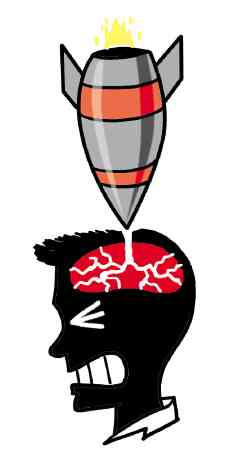
Headaches are among the most common ailments, and may come as a sharp pain, a throbbing sensation or a dull ache.
Most headaches are attributed to stress, hunger or lack of sleep and are often treated quickly with over-the-counter pain relievers.
But while headaches aren’t considered medical emergencies, they can actually be a symptom of a much more serious ailment.
Makati Medical Center, a premier healthcare institution, gives advice on the headaches you should watch out for.
Types of headaches
According to Regina Macalintal-Canlas, MD, president of the Philippine Headache Society, head of the Headache Council of the Philippine Neurological Association, and chair of the Makati Med Department of Neurological Sciences, most headaches are tension-type.
“These are usually mild to moderate, and are easily treated with over-the-counter medications,” she says.
She explains: “More severe headaches can be classified as migraines, which feel like pounding or throbbing on one side or both sides of the head.”
The most severe pains come from cluster headaches, with pain localized in the eye region.
Then there are other headaches that are merely symptoms of underlying conditions, and are best checked by a specialist.
Costen’s Syndrome—also known as temporomandibular joint disorder (TMJ)—is a painful condition which affects the joint connecting the jawbone to the skull.
Low cerebrospinal fluid pressure headache is caused by an internal spinal fluid leak. Its main symptom is pain at the back of the head, and may be accompanied by some neck discomfort and nausea.
Headaches coupled with scalp tenderness and jaw pain are symptoms of temporal arteritis, which can lead to stroke or blindness.
If the headaches come with pain in one eye, with decreased and painful eye movements, it could be a symptom of Tolosa-Hunt syndrome or THS, a rare syndrome known to be associated with inflammation of certain areas behind the eye.
Trigeminal neuralgia is a chronic pain condition that affects the trigeminal nerve, which carries sensation from your face to your brain.
A general problem such as a headache isn’t a sure sign of a worse condition.
But, as Dr. Macalintal-Canlas concludes, “If the pain persists, or if it’s coupled with confusion or trouble understanding speech, fainting, or very high fever, which are red flags, it’s best to visit your doctor.”
Call MakatiMed at 8888 999; e-mail mmc@makatimed.net.ph; visit www.makatimed.net.ph.

